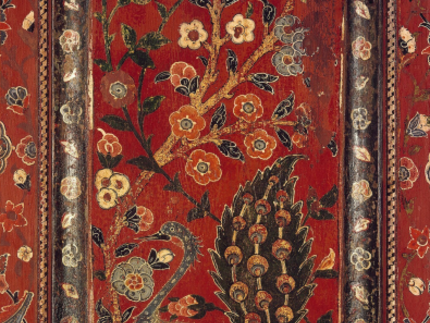Convivencia in the Mediterranean
Early Modern Perceptions, Practices, and Limits in Dealing with the Religious Other
Organization: Selma Stern Center for Jewish Studies Berlin-Brandenburg
Convenors: Prof. Dr. Sina Rauschenbach, Dr. Susanne Härtel
November 21-23, 2021
Haus der Brandenburgisch-Preußischen Geschichte
Am Neuen Markt 9
14467 Potsdam
The IXth International Conference of the Selma Stern Center for Jewish Studies Berlin-Brandenburg will be held in person, pandemic restrictions permitting. It will also be possible to participate online.
Please register to participate by November 12 at:
If you opt for a digital participation, you will receive access information a week prior to the conference.
The concept of "convivencia" stems from the corpus of scholarship on the medieval Iberian Peninsula, where it is traditionally used to describe cultural and social interactions between the members of the major religious communities resident there. Similar to medieval Spain and after the Iberian expulsions, Christians, Jews and Muslims continued to live together in the Early Modern Mediterranean. In historiography, however, these Mediterranean regions have rarely been viewed through a comparative lens with regard to their religious make-up. Often very global interpretations dominate, perceiving places either as havens of tolerance or sites within an overarching oppression.
In their specific case studies, scholars presenting at the IXth International Conference of the Selma Stern Center for Jewish Studies Berlin-Brandenburg will analyze a variety of contacts between religious communities and individuals in North Africa, in the various provinces of the Ottoman Empire and in different parts of Italy. The conference seeks to investigate in how far the concept of "convivencia" can help us to better understand inter-religious relations in the Early Modern era and to discuss the significance of religious affiliations from comparative perspectives.
- Flyer (with schedule) (PDF, 2 MB)

